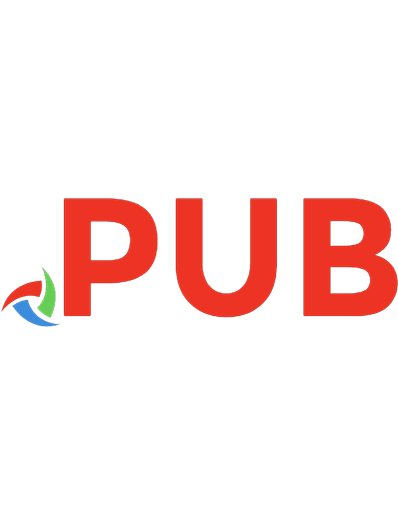Functional Design for 3d Printing - Designing Printed Things for Everyday Use [1, 3 ed.]
Functional Design for 3D Printing 3rd Edition is your guide to the intersection of design, 3d printing, and utility. Th
541 136 2MB
English Pages 236 Year 2017
Table of contents :
Introduction:
Note to professional users
Chapter I: The Medium
Designing for usability
The Palette: Materials for FFM manufacturing
The Canvas: Unique characteristics of FFM structures
Anisotropy
Slices of structure
The print nozzle… why it can matter in design
Shell and Infill specifications
Common infill geometries
Rectilinear:
Line:
Cubic:
Honeycomb:
Triangular:
Permeability
Chapter II: Designing for the FFM Process
Printer limitations
Unsupported structures
Print orientation and design refactoring
Model 1:
Model 2:
Model 3:
Model 4:
Bed adhesion
Overhanging structures
Bridging
Support Structures
Managing automatically generated support
Chapter III: Design For Strength
A brief primer in basic mechanical design
Force vs. stress
Types of stress
Tension:
Compression:
Shear:
Bending:
Torsion:
Stress localization
Corners, intersections, bosses, and ribs
Layer fusion
Cross-sectional characteristics
Determining failure and working loads
Chapter IV: Design Paradigms
Chapter V: Designing for fit
Chapter VI: Fastening and joinery
Screws and bolts
Joinery
Chapter VII: Functional Elements and Engineered features
Hinges
Latching assemblies
Multi-material Printing
Building light
Layers and slices
Shells: Perimeters and solid layers
Appendix I: Materials for FFM printing
Appendix IIA: Printing electrical circuits using Fused Filament Manufacturing (FFM)
Appendix IIB: Anisotropy in FFM Printing
Appendix IIC: Infill and strength
Appendix III: Fastener tables
Glossary:
About the author:
Note For book pirates (and for Kopimists)
Readers Notes
![Functional Design for 3d Printing - Designing Printed Things for Everyday Use [1, 3 ed.]](https://dokumen.pub/img/200x200/functional-design-for-3d-printing-designing-printed-things-for-everyday-use-1-3nbsped.jpg)









![SketchUp for Interior Design: 3D Visualizing, Designing, and Space Planning [2 ed.]
1119897742, 9781119897743](https://dokumen.pub/img/200x200/sketchup-for-interior-design-3d-visualizing-designing-and-space-planning-2nbsped-1119897742-9781119897743.jpg)